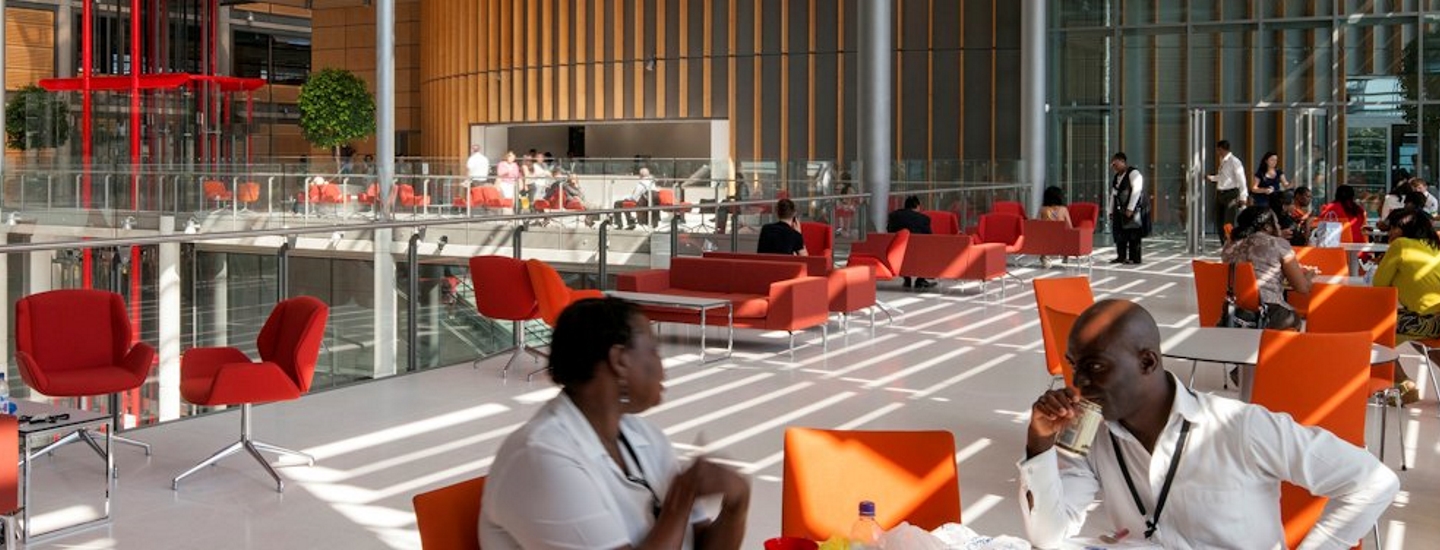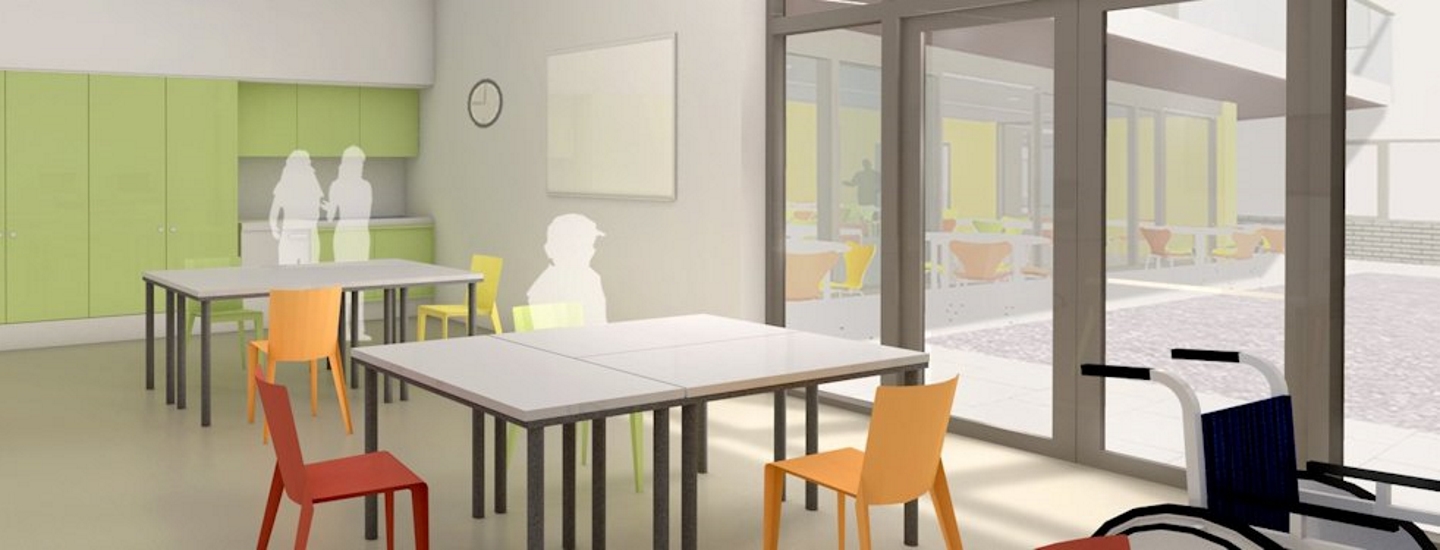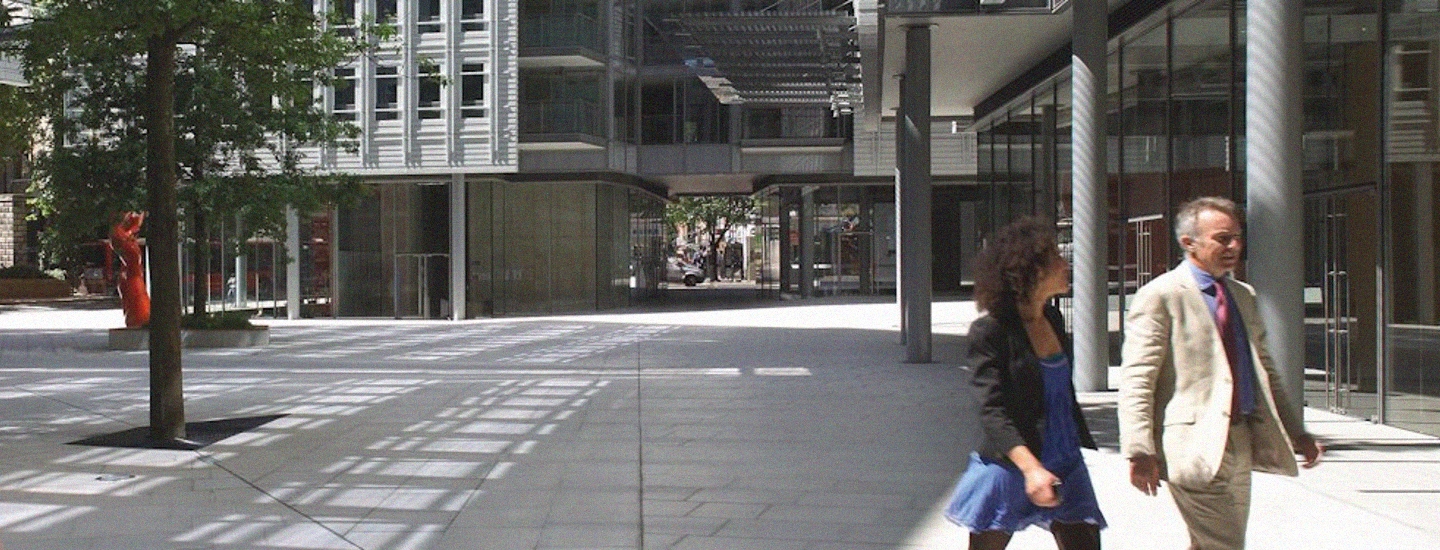Our Vision – Driving Success
For more than 25 years BREEAM has provided a model for the benchmarking of developments and communities, encouraging and rewarding success and improvement in sustainable construction, property and infrastructure.
BREEAM drives quality and reflects value in the built environment by setting standards and benchmarks based on and led by the principles of sound science, independent assessment and certification, international comparability with local adaption and exceeding regulatory minimums to reflect leading edge solutions, technology and practices.


 INNOVATING
INNOVATING
IN SUSTAINABILITY BENCHMARKING
 RESEARCHING
RESEARCHING
THE BEST AVAILABLE SCIENCE

ENGAGING
WITH USERS & STAKEHOLDERS

EVOLVING
STANDARDS TO DELIVER SUCCESS
 Strategy and Future Direction
Strategy and Future Direction
The construction, property and infrastructure sector is evolving rapidly and we are continuously innovating and collaborating to help users and partners maintain success and grow in their markets through the benefits that BREEAM assessment and certification can bring.
To find out about some of our longer term strategy and plans, visit the strategy page in our resources section.
Consultation and Wider Engagement
BREEAM was founded on collaboration with industry and a broad consensus of knowledge, and we continue to engage with the best and widest expertise to ensure the standard remains up-to-date, responsive and relevant. Our work with and for industry gives us an understanding of the sustainability opportunities and barriers in science, design, manufacturing and construction. We build this knowledge in to the criteria, benchmarks and methodologies that define BREEAM, which in turn through its application helps generate market demand for new technologies, components and processes.
Here are some examples where the BREEAM standard has made a difference:
- Low flush toilets: These were the subject of BRE research and were included in BREEAM New Homes in 1991. This helped to promote their availability in the market and influenced new regulations
- Responsible sourcing of materials: BREEAM included this in 1993 and is stimulating the market. We have promoted the development of initiatives, such as the Forest Stewardship Council’s scheme and BRE’s BES6001 generic standard.
- Life cycle analysis of building materials: BRE research led to the development of this, and is the basis for European, national and local standards.
Stakeholder engagement in the development, review and updating of BREEAM
Our formal consultations and regular expert engagement activities provide feedback to continuously improve BREEAM, ensuring our standards are relevant, achievable and drive industry progress and success.
Industry can collaborate with us where new issues are being introduced into the standard, or when whole new versions of BREEAM are being developed. A similar process is followed when existing standards are updated. This process helps stakeholders and BREEAM by identifying and rewarding best practice, ensuring BREEAM performance targets are relevant, challenging and achievable.
Visit our consultation and engagement page to view the to view the latest scheme consultations and find out how to contribute. Or, if you prefer, just contact us. We are always happy to receive feedback at any time.
Ecology in BREEAM
Ecology is one of a series of key categories included across the BREEAM family of schemes comprising BREEAM, CEEQUAL and the Home Quality Mark. Added in 1993 it broadly aims to encourage design, project and facilities management teams to:
- identify ecologically valuable features and opportunities,
- protect and enhance habitats,
- mitigate unavoidable impacts
Visit our Ecology in BREEAM page to discover how we’re continuing to develop and evolve the BREEAM, HQM and CEEQUAL schemes to recognise best practice in the evaluation, protection and enhancement of ecology.





